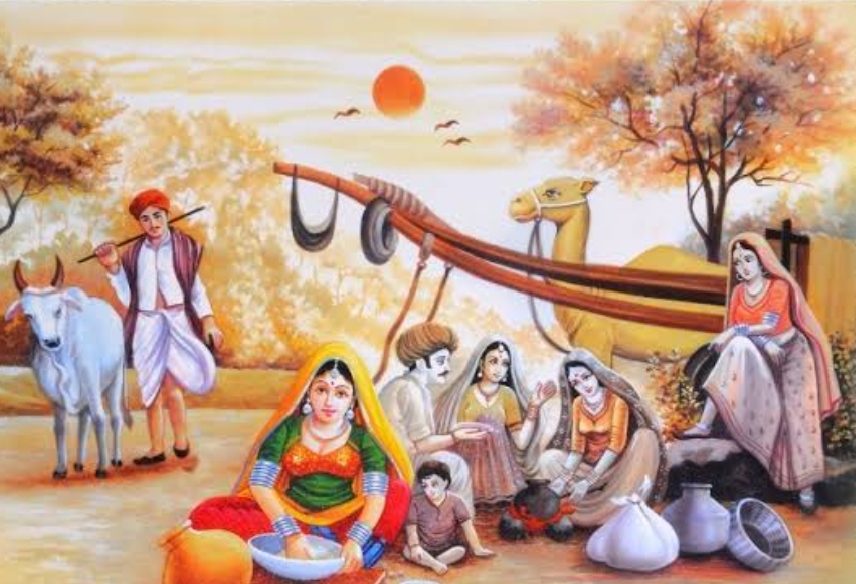Home / art-and-culture / Rajasthan’s Art and Culture: Celebrating Heritage While Safeguarding Human Rights and Dignity
Rajasthan’s Art and Culture: Celebrating Heritage While Safeguarding Human Rights and Dignity
By: My India Times
1 minutes read 1Updated At: 2024-12-14

Rajasthan’s Art and Culture: A Reflection of Human Rights and Heritage
Rajasthan, often referred to as the "Land of Colors and Traditions," is globally renowned for its rich art and culture. This state embodies a unique blend of traditions, folk dances, music, handicrafts, and architectural brilliance, making it an integral part of India’s cultural heritage.
Folk Arts as a Symbol of Identity and Dignity
The folk dances and music of Rajasthan are not just forms of entertainment but a way of preserving the human rights of its indigenous communities by safeguarding their cultural identity. Dances like Kalbeliya, Ghoomar, and Bhavai symbolize the vibrancy and resilience of the local population. Ghoomar, traditionally performed by women, exudes grace and energy, while the Kalbeliya dance, also known as the "Snake Charmer Dance," has earned global recognition for its unique style.
Folk music, including Maand and Padh, resonates deeply with the soul of Rajasthan. These songs, often performed in royal courts or rural gatherings, reflect the people's emotions, struggles, and aspirations, emphasizing their right to cultural expression.
Architectural Marvels: A Testament to Collective Rights
Rajasthan’s forts, palaces, and temples are architectural masterpieces that symbolize the region’s collective heritage. The Amer Fort in Jaipur, Mehrangarh Fort in Jodhpur, and City Palace in Udaipur not only attract tourists but also highlight the state’s historical commitment to preserving shared cultural spaces. Iconic landmarks like Jantar Mantar and the Dilwara Temples further underline the importance of equitable access to art and spirituality.
Handicrafts: Empowering Communities
Rajasthan’s handicrafts, such as block printing, Bandhej, and Kundan jewelry, are not just artistic expressions but a means of livelihood for thousands. Protecting these crafts ensures the economic rights of artisans, many of whom belong to marginalized communities.
Cultural Preservation as a Human Right
Rajasthan’s art and culture uphold the principles of human rights by valuing dignity, equality, and identity. They serve as a reminder that cultural preservation is not just about the past but about empowering the present and future generations to thrive in their unique identities.
Rajasthan's cultural legacy stands as a beacon of hope and inspiration, safeguarding human rights through heritage, creativity, and community spirit.
....
By: My India Times
Updated At: 2024-12-14
Tags: art-and-culture News | My India Times News | Trending News | Travel News
Join our WhatsApp Channel

